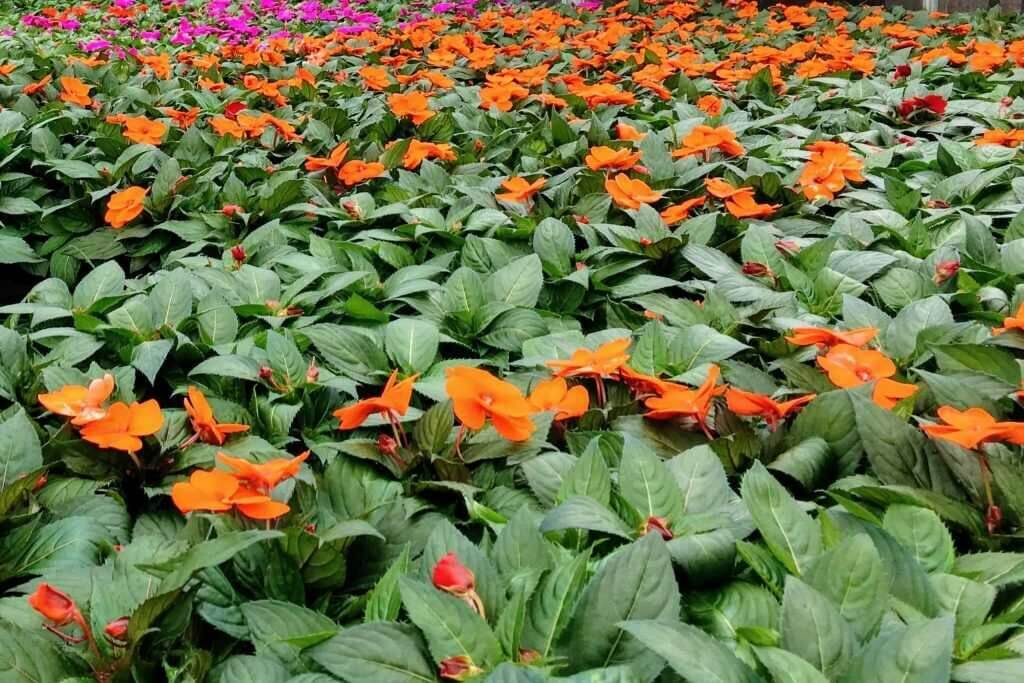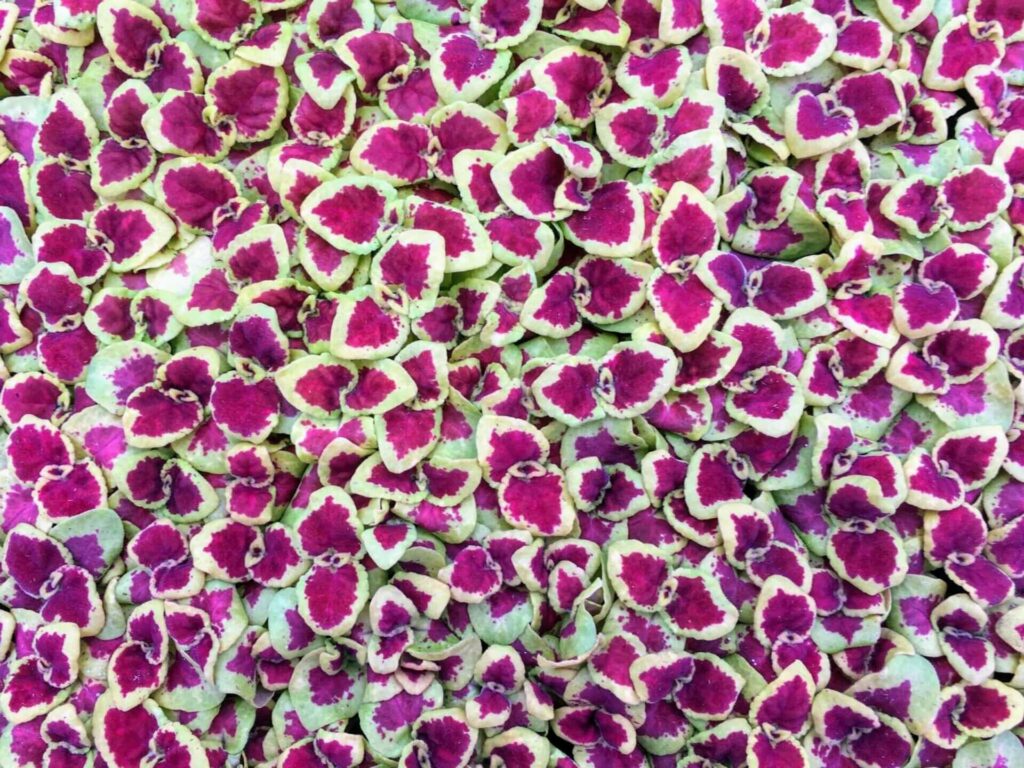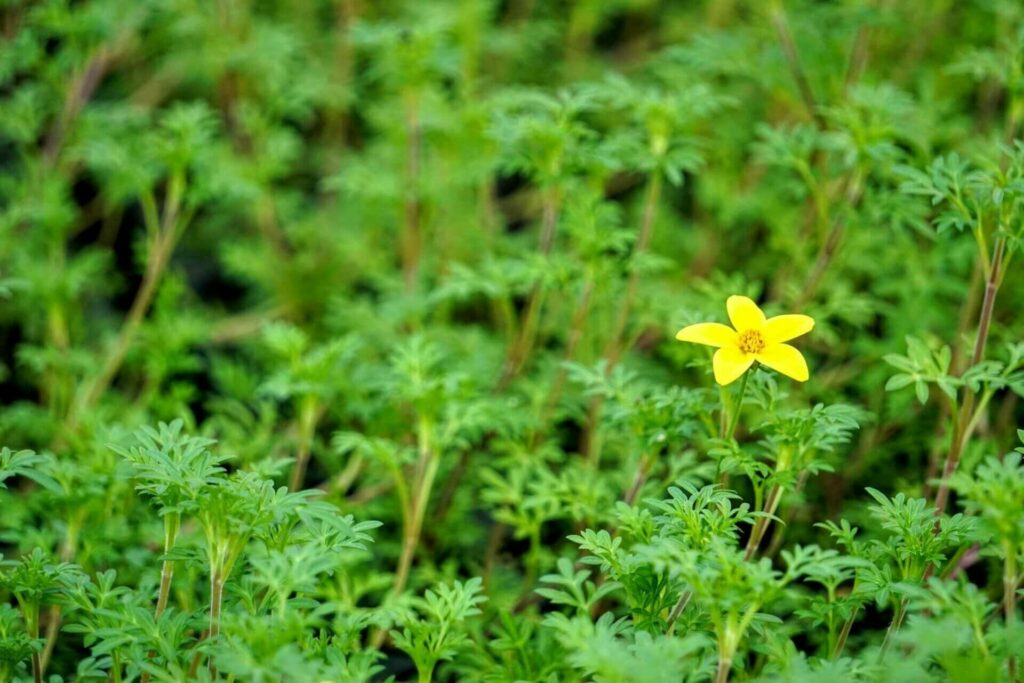
One of the hallmarks of spring, particularly along the east coast, is the spectrum of colors it brings after a seemingly endless period of barren trees and landscapes.
For commercial properties, it’s an opportunity to refresh and enhance landscape design to create an environment that draws in and welcomes staff and visitors. For more on the process of landscape design and adding color to your spring landscaping, we consulted with Evercor’s inhouse Senior Estimator, Ed Frey.
Considerations for Landscape Design
You might be surprised to learn that there are many factors, more than just your property’s location and zone, that go into a landscape design. The design process begins with an assessment of your existing property and takes into consideration factors such as the size and location of existing garden beds, the existing backdrop of landscaping and its scale, what types of plants are currently planted, the period in which plants bloom and the length of the blooming period.

Landscape designers will typically try to work with a client’s existing landscape whenever possible, as it is easier to enhance an existing garden bed than start from scratch with an entirely new design. For instance, a designer may look at the period when existing plants stop blooming to determine the ideal types of vegetation to add color back into the landscape when other plants are trying to establish roots for the winter, as is the case with perennials.
A critical consideration is the type of building and the client’s desired aesthetic, particularly the desire for a more natural-looking design versus a more formal man-made design, with the intent to either blend in with or stand out from the surrounding community and environment.
According to Frey, one of the biggest mistakes in landscape design is not accounting for a building’s scale and dimension. For instance, “a four-story building should have plants that are taller than a foot to add a three-dimensional quality,” said Frey. Layering plants of varying heights creates a depth of field and dimension that should complement, not detract, from a building’s design and environment.
The scale and dimension of a building also impacts its exposure to sunlight. You wouldn’t want to select plants that require full sun within a location that may only receive a few hours of sunlight, even during the longest days of the year.
When most people think about landscaping, it is mostly in regard to its appearance during daylight hours, but a skilled landscape designer also considers how the design appears at all hours of the day. A designer may intentionally select tall, narrow trees and then accent them with lighting to create depth and interest around a building’s façade at night.
Assuming the designer has taken all of these factors into consideration—scale and dimension of the building, location, access to sunlight, region or zone, soil type and existing vegetation—the designer may take photographs that can be uploaded to a design program that creates a two- or three- dimensional model illustrating how the proposed design will look within your location.
Perennials Versus Annuals

When it comes to selecting plants and vegetation for a design, there are typically two options to choose from: perennials or annuals. A third category, flowering shrubs, are technically perennials that have a short window for blooming, but are good for locations that are mostly evergreen.
Perennials have been a popular choice in landscape design over the last few years for being lower maintenance, but Frey notes that trends are beginning to move back toward annuals for their longer periods of blooming.
In terms of advantages versus disadvantages of each type of plant, it really depends on your particular location and needs. Perennial beds are more difficult to design due to considerations that need to be made in regard to color and timing of blooms.
For instance, a perennial geranium may bloom for about a month, and then transition to a mixed-color green. It must remain in place after flowering so a new root system can be established for the winter months, as is the case with most perennials. According to Frey, “If you’re looking for lower maintenance, and don’t mind greenery, perennials might be your best bet.”
Day lilies and knockout roses are an example of longer-blooming perennials. The trade-off with these longer blooming varieties is that there is some pruning and “dead-heading” involved. Frey notes that if you don’t prune these types of plants, seed heads will begin to form and the plant will move into reproduction instead of flowering.
Alternative Ways to Add Color and Texture
If you’re looking for bright pops of color that last from spring into the fall, Frey recommends annuals. Annuals typically consist of small bedding flower plants that are planted in the spring and then replaced the following spring or early summer. While annuals have a reputation for requiring more maintenance than perennials, they actually only need to be watered during their blooming period, so the biggest contributor to their maintenance is in replanting the following season.

When it comes to adding color, Frey notes that clients often only think in terms of the full color spectrum and forget the opportunities to introduce shades and variations of greenery to diversify landscape color.
For example, Hosta plants come in several varieties of green and there are even 4-foot wide varieties that provide larger swathes of color for low light areas. Or, consider ferns, which come in various shades of green and can lend texture to a landscape. Ferns also interact well with outdoor lighting, adding interest and depth through the shadows they cast.
When to Seek the Advice of a Pro
In terms of finding information that will best apply to your particular property, needs and desires for a design, Frey recommends consulting with a local nursery or a professional landscaping provider, like Evercor. In addition to all the factors that contribute to a customized landscape design, professionals can provide services such as soil testing to develop a design that will not only work with the characteristics of your property, but thrive in your unique conditions.
Are you thinking about enhancing your property through landscape design? Contact the professionals at Evercor for a design built for your unique needs and location today.